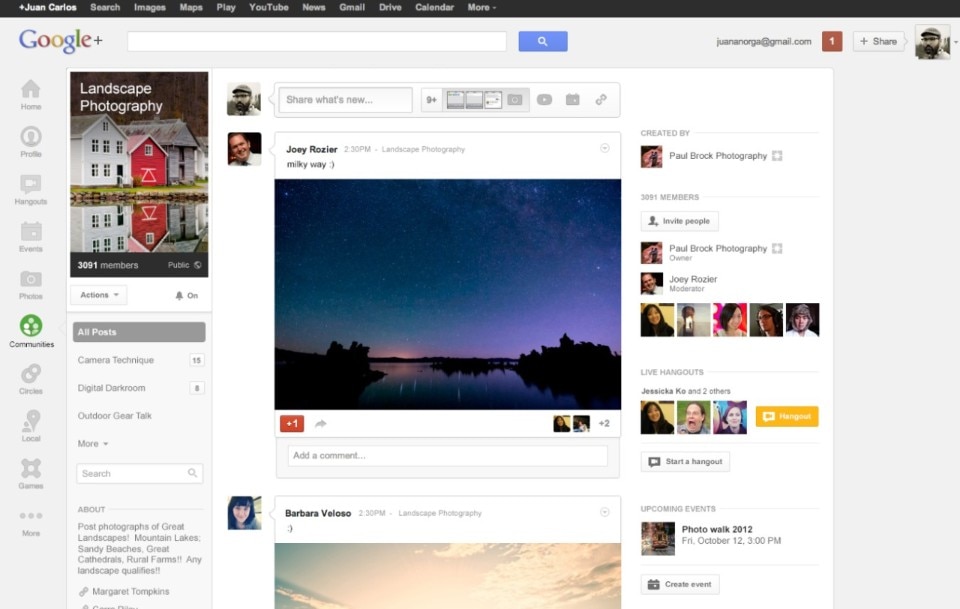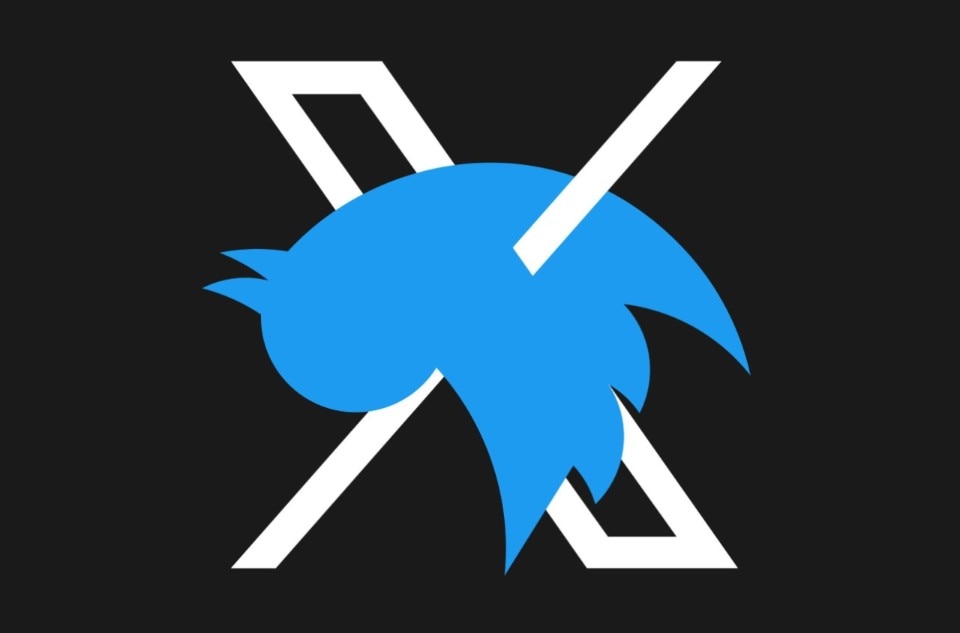There’s a wall that separates generations, and it’s not the Berlin Wall – it’s friendship with Tom.
If you’re wondering, “Who’s Tom?” you probably weren’t on MySpace – the first true social network. Back in 2006, MySpace was the most-visited site in the U.S., even beating Google and Yahoo, a ‘90s internet icon later eclipsed by the “Big G.”
Tom was everyone’s first friend on MySpace – a mythological figure of the early internet who showed up by default in every new user’s friends list. His profile had a bio that featured a winking emoticon: ;-). If you’re wondering what “emoticons” were, they were emoji before there were emoji – character-based faces typed directly from your keyboard. Among the most iconic were the classic smiley :-), the “just deal with it” (••), and the iconic shrug ¯\(ツ)/¯.
Tom was Tom Anderson, one of MySpace’s co-founders. Somehow, Tom managed to become an exception – besides being as unavoidable as that time Apple snuck a U2 album onto everyone’s iTunes, he was the only real person among a crowd of fictional names. The first name + last name combination was practically banned. The platform’s most famous figure was Tila Tequila – and “Tequila” was surprisingly not her real last name.
Back then – which feels like both yesterday and a thousand years ago – the internet was a far cry from today’s “digital twin” of reality. Apart from basic work functions (like email and a few news sites), the WWW (there were no apps!) was an imaginative space where we could lead a “second life” with people who often lived far away. It was exclusive, not a global directory like today. Connections were slow, very few people had phones with internet access, and if you had one, it was mainly for checking email – not for goofing off. Data was expensive, and there was no sleek, intuitive iPhone 16.
@jocebedard I MISS IT🥺 #2000s #2000skids #throwback #myspace #nostalgic #90s #90skids #nostalgia #fyp #throwbacks #2000sthrowback ♬ Comedy Scenes - Comical, stupid, silly, loose, comical, farce(1295330) - Ponetto
Being on social media was rare. At its peak, MySpace had around 75 million users, a fraction of the nearly 3 billion on Facebook last year. Yet in this fast-changing landscape, social networks rose and fell with ease. People hopped from one profile to another, logging in and out almost like changing identities. It was a digital playground for the few, and it was fun – a seeming anarchy where, meanwhile, some were making big money. When Facebook launched, people questioned its longevity. And yet, it’s still here – though maybe a little less fun.
In the meantime, we’ve buried many social networks: LiveJournal, Fotolog, Friendster, Flickr, even MySpace itself. Some still exist, at least in name, but they’ve morphed into something else and their golden age has long passed. Among the many reasons for this decline is the normalization of digital life, as well as the shift from grassroots, community-led platforms to structured hierarchies, complete with celebrity influencers – a defining feature of the past decade.
But arguably, it was the smartphone boom that marked the true Year Zero of social media. Paradoxically, as people started connecting 24/7, social media platforms began to converge. For the past decade, Zuckerberg’s Facebook (now Meta) has dominated, swallowing Instagram and WhatsApp along the way. A few rivals have popped up, like Snapchat and the wildly popular TikTok, which could face a potential U.S. ban. Will they, too, join this list of forgotten platforms one day?
One thing is certain: twenty years ago, no one considered “social media detox” a thing. Now, it’s a common discussion, especially for those who need to use social platforms for work. Books like Shoshana Zuboff’s The Age of Surveillance Capitalism, Andrew Marantz’s Antisocial, Anna Wiener’s The Uncanny Valley, and even earlier, the film The Social Network by Fincher and Sorkin, along with Netflix’s The Social Dilemma, have shattered any naive illusions we might have held about our online presence and the companies behind it. The “dumb phone” – a basic, non-smartphone – is nearly an urban legend. Yet, like flies to honey, we can’t seem to leave social media alone.
Opening image: an old account on MySpace, with the picture of Tom as friend
















